|
One simple information input will automatically create and update the OSHA 300, 300A, and 301 forms. Within the system there is the ability to filter between type of injury and year. Whenever necessary or at least annually, download the summary to the correct OSHA format for printing and displaying with the office or jobsite and submit to OSHA.
0 Comments
In an age dominated by technology and the internet, only 18% of companies consider themselves paperless. In fact, nearly a third of companies are buying more paper than they were 5 years ago. Businesses in the United States spend $8 billion annually on managing paper. Workers are spending up to half of their time looking for paper information each year. 41% of HR personnel spend over 10 minutes a day searching for the documents and information they need to carry out their jobs. Of these, half spend more than 20 minutes! Lucky, STAC is one of the few companies offering a solution, going digital.
The STAC system offers a central location for all employee information: training, personnel information, drug test, emergency contact information, employee reviews, clothing sizes, etc. Here are some specific benefits to better organization through digital records: 1) Cost Savings: Simply switching to digital records could save a company upwards of $325,000 in 10 years from cost and materials. 2) Space Savings: Think about the space you are currently using for paper records; do you think that is going to get any smaller in the future? 3) Disaster Proof: A digital cloud based profile is immune to disasters such as hurricane, fire, or flood that could destroy paper records forever. 4) Security Protection: Filing cabinets not locked, files left in the wrong spot or left on the printer makes employee information vulnerable. Digital records provide a secure access and ease of mind. 5) Easily Searchable: Instead of shifting through paper records, an employee could simply go to a profile and quickly search through for the documentation. 6) Easily Shareable: Easily share the information with other people as needed without having to copy anything. 7) Ease of Use: Employees are working on the go more than ever. Don’t have them tied down to paper records stuck at the office. Sharing:
Not only is storing training records important, but being able to externally share that information is also important for a number of different reasons including site entry. Excel/Paper Records: Most companies currently just keep this information stored on multiple excel spreadsheets or just keep paper records. However, the records are rarely easy to find and hard to externally share easily. Training Management System: STAC is an online cloud-based training management system (TMS) that can track and house any information including training records, drug test, professional licenses, medical files, HR personnel file, etc. STAC QR: All information in the system can be externally shared via a QR enabled card or hardhat sticker that can be scanned by any device. What is a TMS:
A training management system (TMS) can track training courses and help participants track their career goals in terms of training and serve as a library for the organization’s policies, procedures and training materials. A TMS can also store the information from a learning management system (LMS). The STAC system can house any information: training, drug test, professional licenses, HR personnel file, etc. Consolidation: The STAC TMS allows you to consolidate all training records and personnel files into one secure online electronic database. No more having to search through multiple file cabinets; all the documents are in one place that is easily accessible! Cost The cost of one filing cabinet (in which only one person touches) cost on average $32,000 a year alone! Electronic storage of records is 13 to 31 times more cost effective! An investment in the STAC TMS could save you tens of thousands of dollars! Filing Cabinet Cost Calculator: Material = $25,000 (when filled) Productivity = $14,000/year per staff member Space & Security = $2,000/year Productivity: The STAC TMS also sends out automated reminders every month on what training expires in the next 30, 60, and 90 days (a report can be generated to also get that information). This allows the individual to not have to research through spreadsheets or filing cabinets. The information is at your fingertips! This allows the individual to spend more time in the field or doing other essential task! http://www.constructionexec.com/article/training-requirements-in-construction Training has become a strong focus recently in the construction industry to reduce accidents and injuries. Studies have proven that training not only provides a more competent workforce, but also a safer work environment. Another motivating factor is fines from the result of OSHA citations. In the 2017 top 10 list, 4,174 of the citations were training related. If those were all compiled into one standard, it would have been the 3rd most frequently cited standard in 2017. But, when is training required? When is refresher training required? What documentation is needed? What resources are available? When is Training Most people are familiar with, and already have training programs for, aerial lifts, rigging & signaling, and powered industrial trucks. But, just to name a few others, hand & power tools, stairways and ladders, occupational noise exposure, fire protection, and employee emergency action plans also require a written training program. What about earth moving equipment, golf carts, and other equipment with no direct OSHA standard? 1926.20(b)(4) states that “the employer shall permit only those employees qualified by training or experience to operate equipment and machinery.” This proof of competency is accomplished through the creation of a written training program. The focus of this program is the recognition and avoidance of hazards and unsafe conditions related to the task. Elements needed in the program include the type of instruction, practical training, and evaluation methods used. Each employee that could be assigned that task or exposed to that hazard must be trained, if not that could be considered a separate violation. It is the responsibility of the employer to document and prove competency. Depending on the type of training, toolbox talks can also be used. When is Refresher Training Required Refresher training can be broken down into three categories: OSHA driven, accident/injury driven, and company driven. The following OSHA standards require annual training refreshers: bloodborne pathogens, confined space rescue team, hazardous waste operations and emergency response (HAZWOPER), occupational noise exposure, and respiratory protection. Toxic and hazardous chemicals all require at least initial training; the following hazardous chemicals require annual training: acrylonitrile, asbestos, benzene, butadiene, cadmium, carcinogens, coke oven emissions, ethylene oxide, formaldehyde, inorganic arsenic, lead, methylenedianiline, & vinyl chloride. First Aid/CPR requires refresher training every 2 years. Process safety management and powered industrial trucks require refresher training every 3 years. Aerial lift refresher should occur every 4 years. Refresher training can also be required in the event of an accident, injury, or near miss. This category includes: when an operator of a vehicle or equipment is observed using it in an unsafe manner, the operator has received an evaluation that reveals the operator is not operating safely, the operator is assigned a different vehicle or equipment, or as workplace conditions change that affect safe operation of the vehicle or equipment. Finally, the company has the ability to implement their own refresher training dates, as long as they minimally meet the OSHA standards. Training Documentation Required The documentation needed for training varies for each standard. But, at a minimum the following information is required. (1) Name and signature of the trainer; (2) Name of the employee (signature is not required); (3) Date of training; (4) Subject of training; (5) Proof of competency and date of evaluation. This proof of competency can be a written test, practical evaluation sheet, or a combination of both. Another critical piece of documentation is the availability of the records. The employer is required to make the training records available to employees and upon request to the Assistant Secretary and the Director for examination and copying. These training documents must be produced within 4 hours of being requested. The storage of records should be maintained for a minimum of 3 years after the date of training. Only the most current training records need to be stored. Failure to document employee safety training can lead to OSHA citations and fines in the event of an OSHA inspection or in an accident investigation. Resources Available Training resource information can also be broken into 4 categories: manufacturer, Insurance agencies, suppliers/dealers, and regulatory agencies. Manufacturers’ create manuals and other safety information that explains safe operating standards and training requirements for the equipment or machinery. OSHA relies on these manuals in the absence of written standards when writing citations. Insurance agencies can provide written training programs and even training in some cases. Equipment and tool dealers also can provide written programs and competent person training. Regulatory agencies, such as OSHA or ANSI, produces a multitude of great resources and publications. The best resources for OSHA training requirements is OSHA 2254 publication “Training Requirements in OSHA Standards.” This publication is the compilation of all OSHA standards in general industry, maritime, construction, agriculture, and federal employee programs that have training requirements. Reposted from constructionexec.com, May 18, 2018, a publication of Associated Builders and Contractors. Copyright 2018. All rights reserved. http://www.constructionexec.com/article/training-requirements-in-construction $5,591,284 from 2,965 OSHA citations for lack of training or training documentation. Contact STAC to ensure peace of mind and prevent an OSHA citation!
Could you imagine if a hardhat sticker or card could contain all your employees’ training information, company information, and drug test information? What message would that send to your employees and other contractors how you view safety? No more questions about losing the training documents, they are now readily accessible! Contact us today!
OSHA Standard: 1926.35(e) Employee Emergency Actions Plan
Occurrence: Initial Frequency: As Conditions or Roles Change Training Style: 10 or fewer employees may be communicated. 11 or more requires a written plan with documented training. Location: The written plan shall be kept at the workplace and made available for employee review. Employer Responsibilities: Before implementing the emergency action plan (EAP) the employer is responsible to designate and train a sufficient number of employees to assist in the safe and orderly emergency evacuation of employees. The employer is required to review the EAP initially when the plan is developed, whenever the employee’s responsibilities or designated actions under the plan changes, and whenever the plan is changed. The employer is also responsible to review the plan with each employee upon initial assignment those parts of the plan which the employee must know to protect the employee in the event of an emergency. Employee Responsibilities: Employees are responsible to know the role that are assigned and the task(s) related to that role. Summary: The hardest thing about a construction site is that the structure is continuously changing as construction goes on. Therefore, it is important when employees first arrive to the site they are instructed on the EAP. Furthermore, as conditions or employees change the plans needs to be updated and trained upon to ensure compliance with the standard. Another important point is the documentation of training. The STAC system offers a perfect streamlined solution to documenting all training and be able to run reports on who doesn't have training. This could prove crucial during an OSHA inspection. Contact us today if you are interested in learning more about STAC. Craig Bengel Vice President of Safety & Customer Service [email protected] C. 513-582-3888 O. 513-574-7822 As a core value of business, both in construction and other industries, most will rank safety as a top priority. In construction, many top contractors have accepted and implemented safety oriented cultures and programs to promote going home in the same way they came to work. STAC Enterprises is producing this report because we too believe safety should be a top priority for every business. By partnership in every safety culture, whether it be an industry association or individual companies, we look to set and improve the standard on safety accountability. In this report, information from the latest U.S. Bureau of Labor Statistics will be displayed and discussed to allow other contractors to use as a baseline to benchmark against. By making this information readily available and palatable on a local level, we can start the conversation to assist companies in a benchmarking process and improve awareness in the local area. Beginning on a national level, the report will then focus primarily on the Ohio, Kentucky, and Indiana “Tri-State” area. We want this report to be a conversation starter while encouraging our local industry associations to start benchmarking with one another and begin sharing as an industry how we bring these numbers down in the local area. As the information provided from the 2016 and previous years releases is primarily lagging indicators, the complete picture cannot be grasped without the help of additional contractor input. In future releases, the goal is to also obtain and reveal best practices from local contractors for other industry partners to emulate. Through collaboration and technology we can improve our local area by improving business practices and improving people’s lives. National OutlookNonfatal Information: In the latest Survey of Occupational Injuries and Illnesses, the private industry sector had an all-time low in the number of reported nonfatal workplace injuries and illnesses. Companies in 2016 reported nearly 48,500 fewer nonfatal injury and illness cases in 2016 than the previous year. This decline has been a continued pattern for over a decade. The construction industry also experienced an all-time reported low in incident rates per 100 full-time equivalent (FTE) workers. Below in Chart 1 the overall private industry is compared with construction and manufacturing over the last decade. Although the total number of reported incidents were lower, the number of more serious occupational injuries and illness was slightly higher as the days away from work was essentially unchanged from 2015. In regards to construction, there were roughly 1,200 fewer reported occupational injuries, although the number of incidents with days away from work, job transfer, or restriction increased by roughly 3,000 from 2015 as seen in Table 1. The overall incident rates for both characteristics of incidents, days away from work, job transfer, or restriction and other recordable cases are both down for the year 0.1 and 0.2 respectively. The question comes to mind, have we really gotten better, or just better at reporting? General contractors in an effort to reduce incident rates and improve response time are putting EMS professionals on site, which provides better first aid care to the individuals, yet essentially removes the smaller first aid reporting which would sometimes show on a OSHA Log. Likewise, employers have begun to seek more knowledgeable healthcare facilities which would choose to use first aid measures that are not recordable versus those which would have traditionally used stitches, or prescribed some type of medication or ointment. Does this explain the full picture or is there more for the story to tell? Seen as forward progress due to the lower incident rate, one would believe that the overall industry would be getting much safer although the next set of statistics may point in the opposing direction.
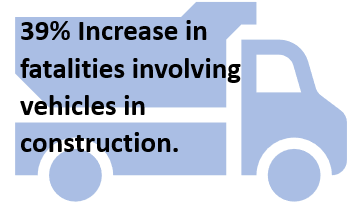 With an industry in need of skilled workers, those that would traditionally retire have continued to stay and work while the industry continues to recruit. Unfortunately, 2016 reported an increase in fatalities of construction workers over the age of 55. Vehicular accidents also increased by 39% for the construction industry meaning workers are increasingly being impacted on their commute to projects. This information may have also been the reason first line supervisors had the highest fatality count since 2003. The fatal four; falls, struck by, caught in between and electrocution once again claimed the most lives in 2016 for construction with nearly 2/3 of all fatalities. Occupations such as roofers and structural steel ironworkers experienced death counts of 101 and 16 respectively, both the highest counts since 2003 for each occupation. Lastly an increase in workplace violence contributed to such historically high rates in this decade. Although the fatality rates have remained the same for the industry as a whole, the loss of nearly 1,000 construction workers in a year is unacceptable and must be decreased. What can we do to decrease these numbers? Is it training and education, is it better equipment or tools, or is it culture that needs improved? Reports from Dodge Data and Analytics, as well as the Associated Builders and Contractors indicate that a strong safety program lead by upper management and shown by example have a strong correlation with reduced injuries and incident rates for contractors. Has your organization truly adopted the practices in which they claim to take to heart or is it another box to check for an owner, general contractor or compliance agency? How is this attitude locally? Tri-State Outlook (Ohio, Kentucky, and Indiana)Employment Information: The common theme of the Tri-State area is simple – as an industry we can’t find enough people to do more work. Seems like everyone is busier than a one armed wallpaper hanger. This information is reflected in the most recent employment and unemployment rates for the Cincinnati Area. Currently the construction industry employment in the Tri-State region is near the highs of 2008 at the beginning of the Great Recession shown in Chart 2. Employment for the construction industry has been on a steady climb from its lowest depression in 2010. This information also closely corresponds with the regional unemployment rate below the national average and the regional statewide averages. As seen in Chart 3, the Cincinnati Area unemployment rate dropped 5% or 0.2 from November 2016 to November 2017, less than the national average of 11%. With such an increase in work and employment, is the safety related information keeping in line with national standards?  Safety Statistics: The three states, Ohio, Kentucky, and Indiana, within the tri-state region, all are at or below the national average for construction when it comes to total recordable cases (TRIR). The OSHA Recordable Incident Rate (or Incident Rate) is calculated by multiplying the number of recordable cases by 200,000, and then dividing that number by the number of labor hours at the company. Ohio, with the worst of the three states, matches the national average of 3.2. Kentucky, then Indiana come next in line with 2.9 and 2.8 respectively. Indiana also has the best average for specialty trade contractors at 2.9 which is below the national average of 3.5 Shown in the Reference Table below, one can see most of the individual trades or other sub-sectors of the industry are not reported on a state by state basis. Ohio though, has the best in the tri-state for highway construction and finishing contractors with rates of 1.9 and 1.4 which are well below the national average of 3.5 in both of those selected industries. Local contractors and industry association safety initiatives may be assisting the efforts to reduce overall incidents and safety indicators on local projects. Service in your local area, transparency between contractors, accountability within your organization and collaboration with local and regional trade associations is key for a strong safety culture. Take these statistics to heart and promote safe work practices today. As an industry we must remove our incidents, fatalities and the mindset that safety is not a top priority!
 Without even realizing it we have entered a new industrial revolution. We are now living in the Digital Technology Revolution. These effects have already been seen in other industries, but the engineering and construction sectors have been slow to adopt to the new technologies. We are living in an adopt and overcome or resist and attempt to catch-up age. These trickling adaptations have currently been in use in the form of computer assisted drawing (CAD), 3D modeling and printers, electronic transmission of drawings and blue prints, and digital storage of records, to name a few. However, no matter how slow the industry is to change the digitization of the construction sector will continue to grow and improve the industry through cost savings. It is estimated there could be as much as a 20% reduction in the total life-cycle cost of a project with improvements in time, quality, and safety. There is another estimate that full-scale digitization could save $0.7 trillion to $1.2 trillion in the Design & Engineering and Construction phases and a further $0.3 to trillion to $0.5 trillion in the operation phase. Many companies have not fully embraced with this untapped digital goldmine for many different reasons; mainly because change takes time. STAC represents just one nugget in this potential gold mine of untapped potential. STAC allows for the housing of your digitized training records, with each employee receiving a QR enabled card for the records to be at their fingertips. This system drastically cuts down on paper records and allows for peace of mind that records can be easily found and won’t get lost. The ability to run reports on training records and electronic storage has the potential to save thousands in production and material. If you are interested in investing in the new age of technology, let us know. And we can show you how STAC can save you money. |
AuthorSTAC Admin Categories
All
Archives
July 2024
|

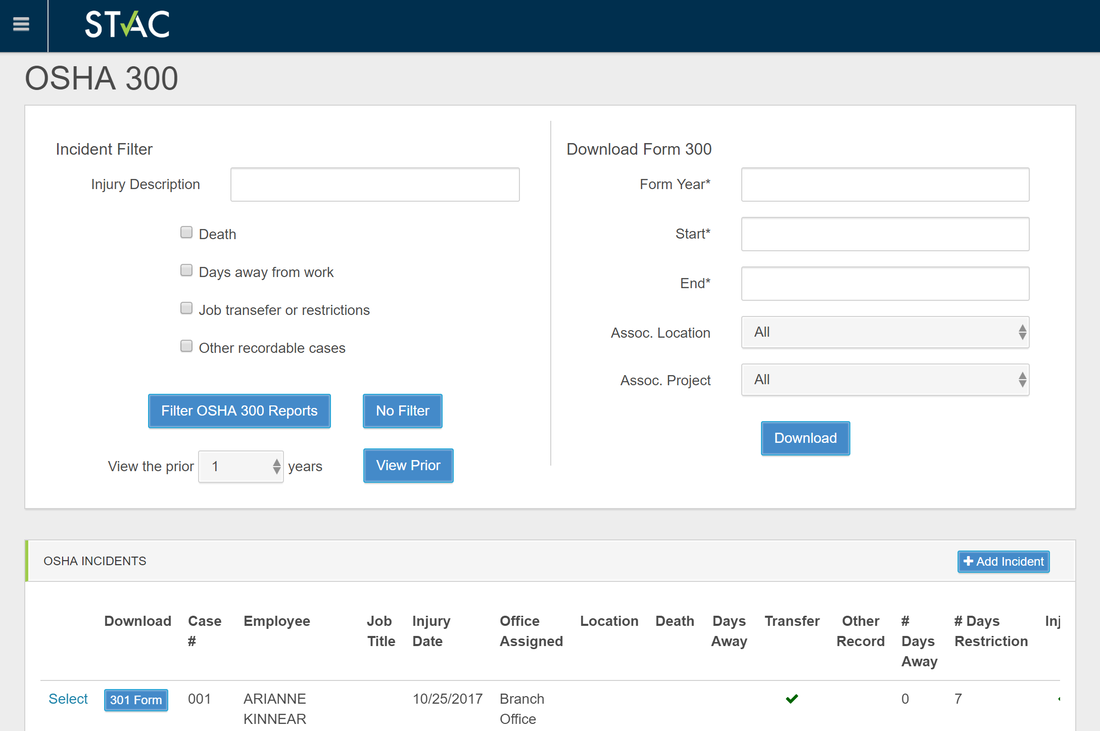

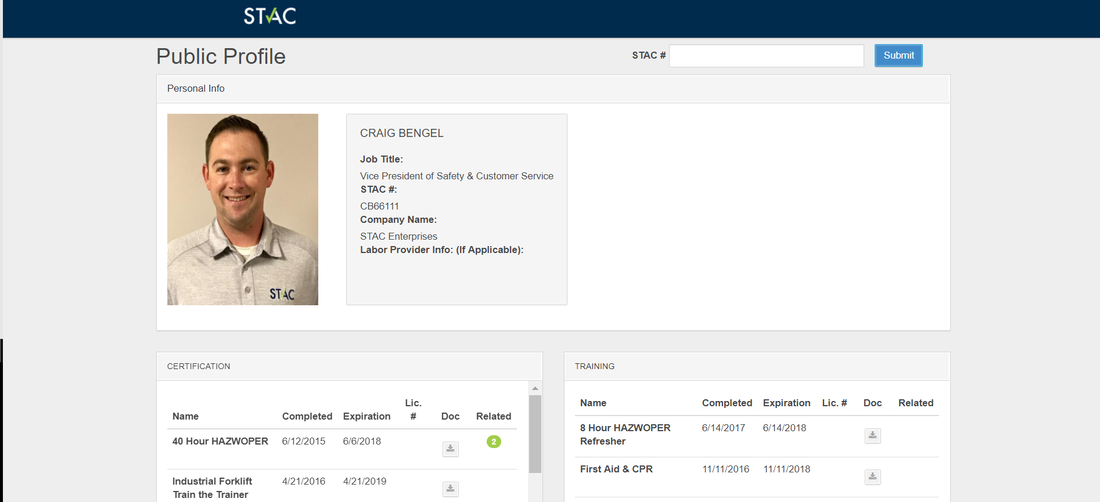
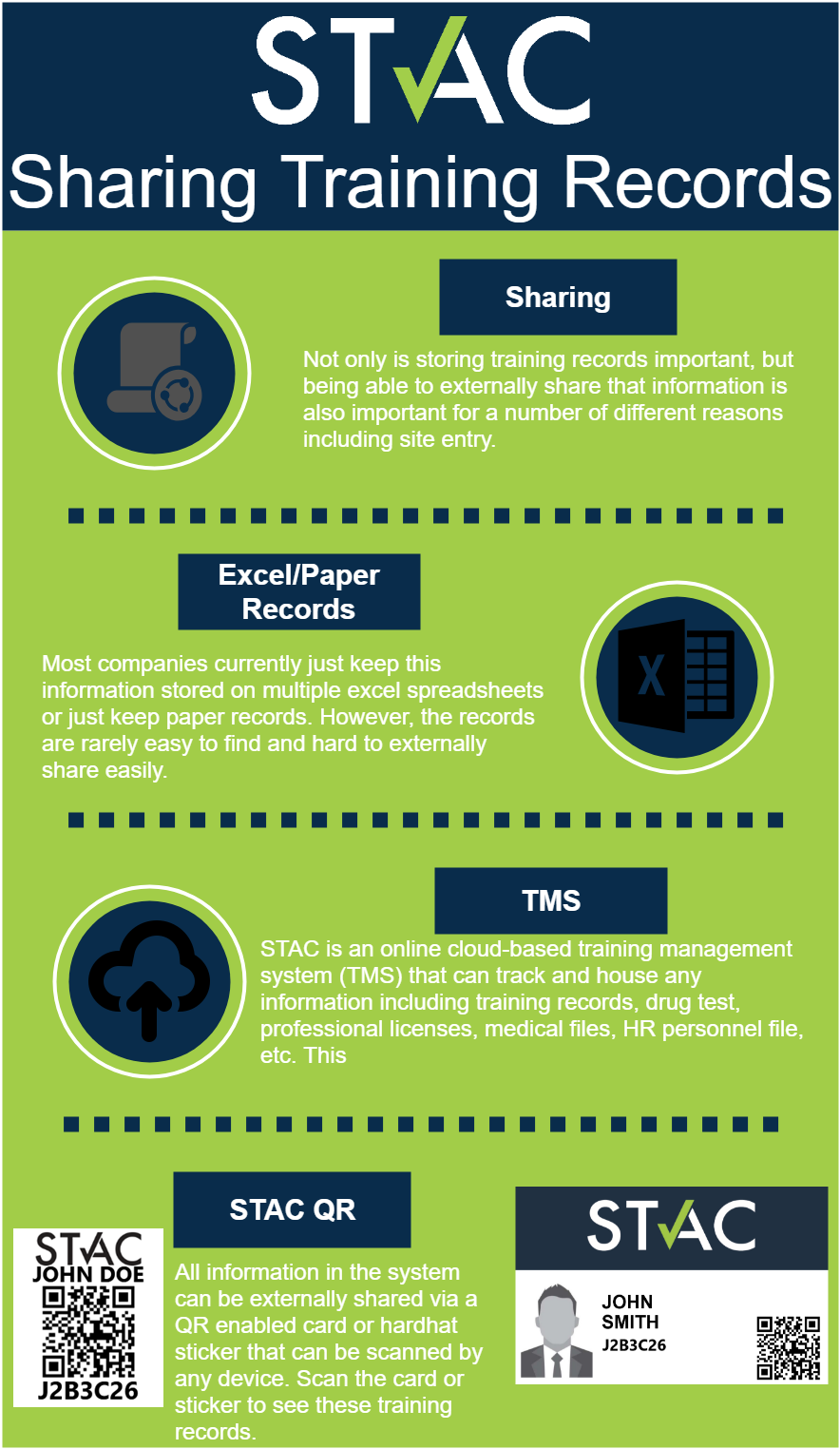
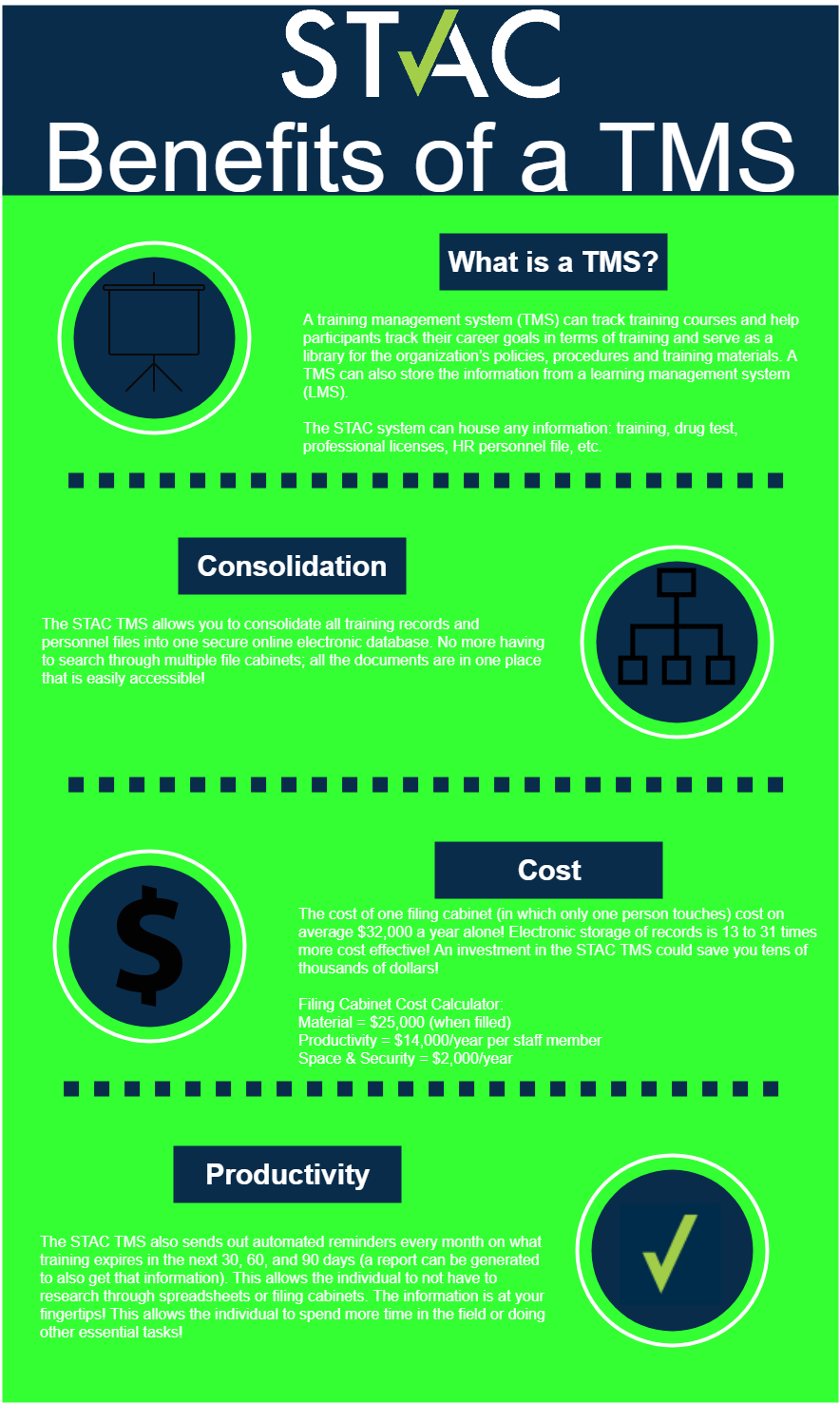

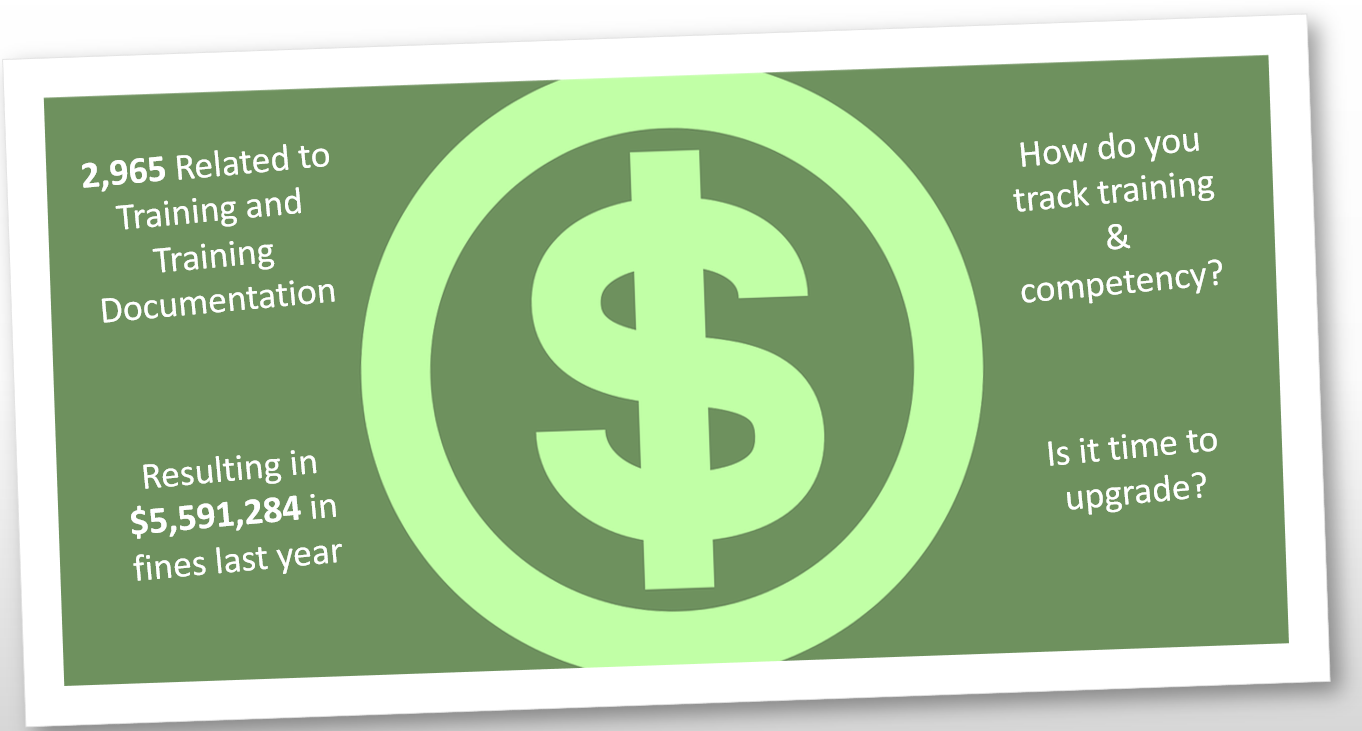

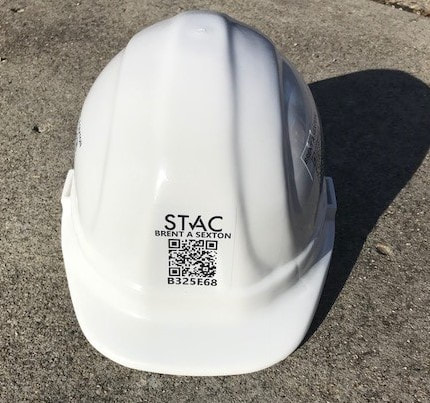

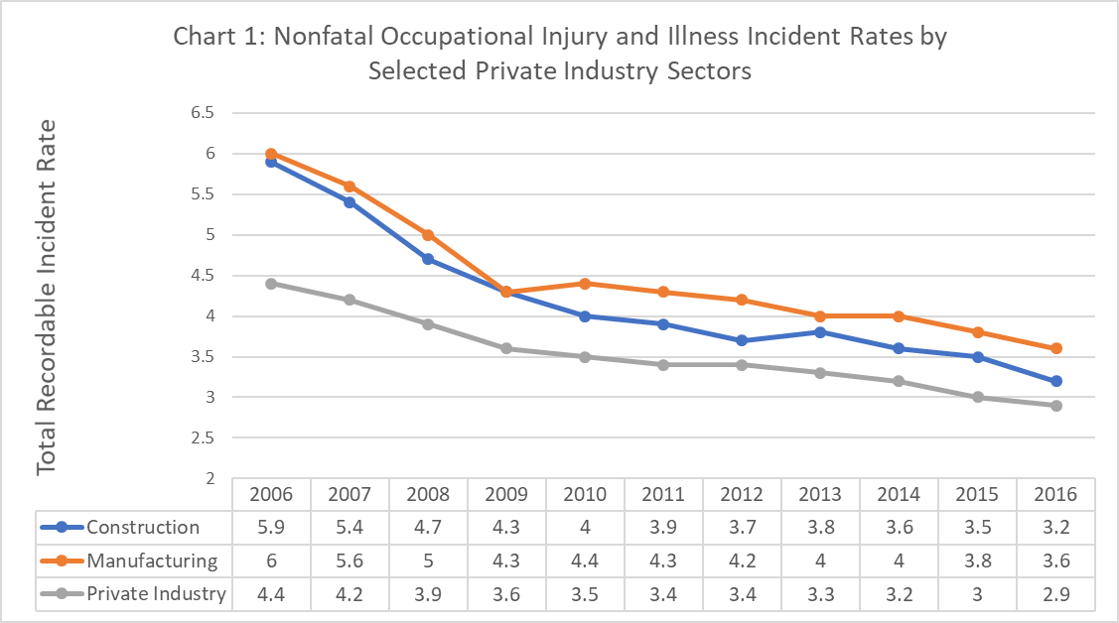

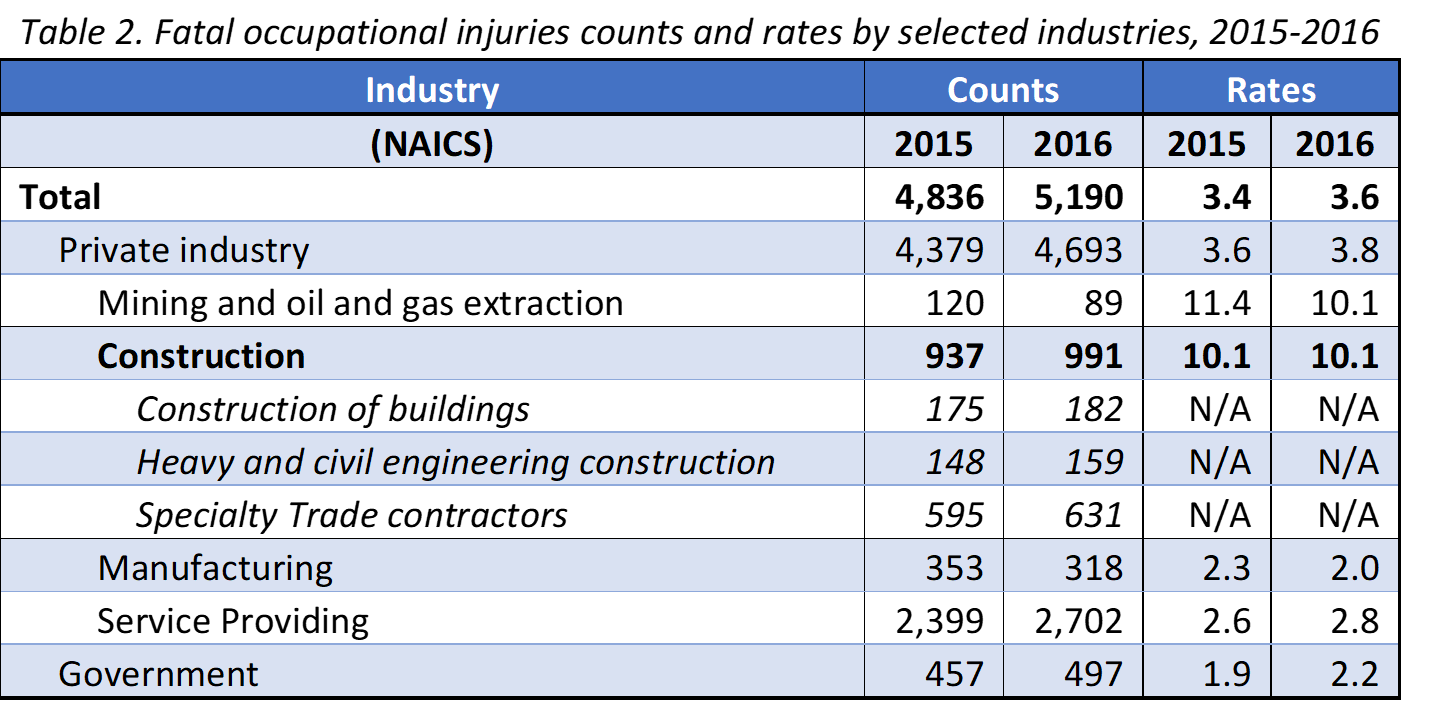
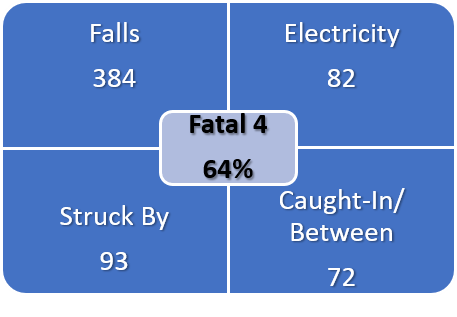
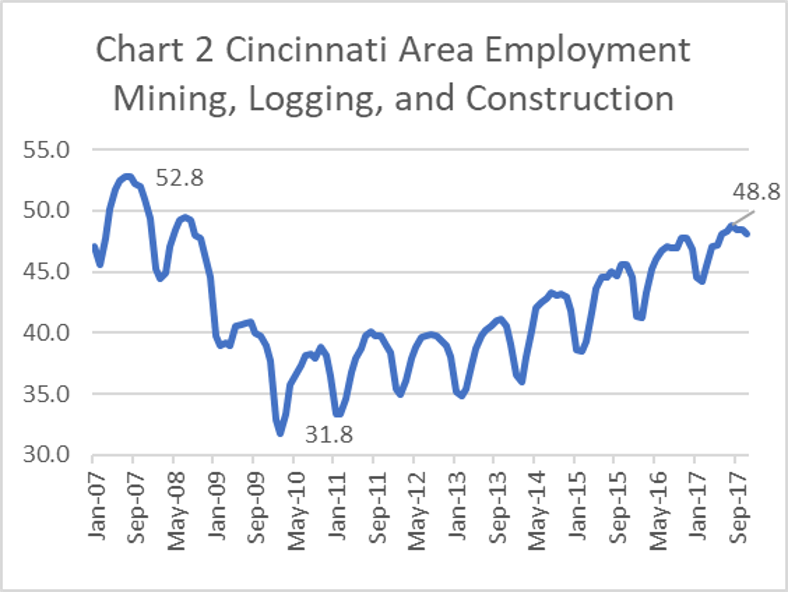
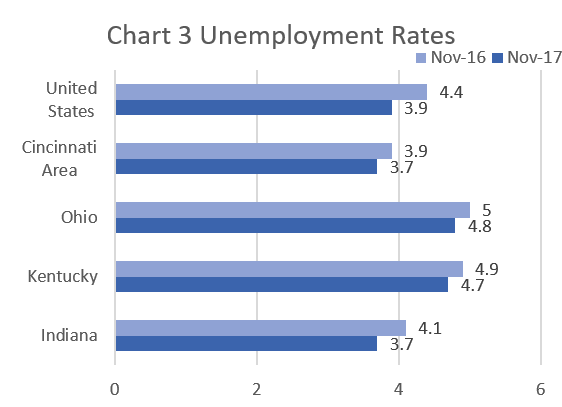
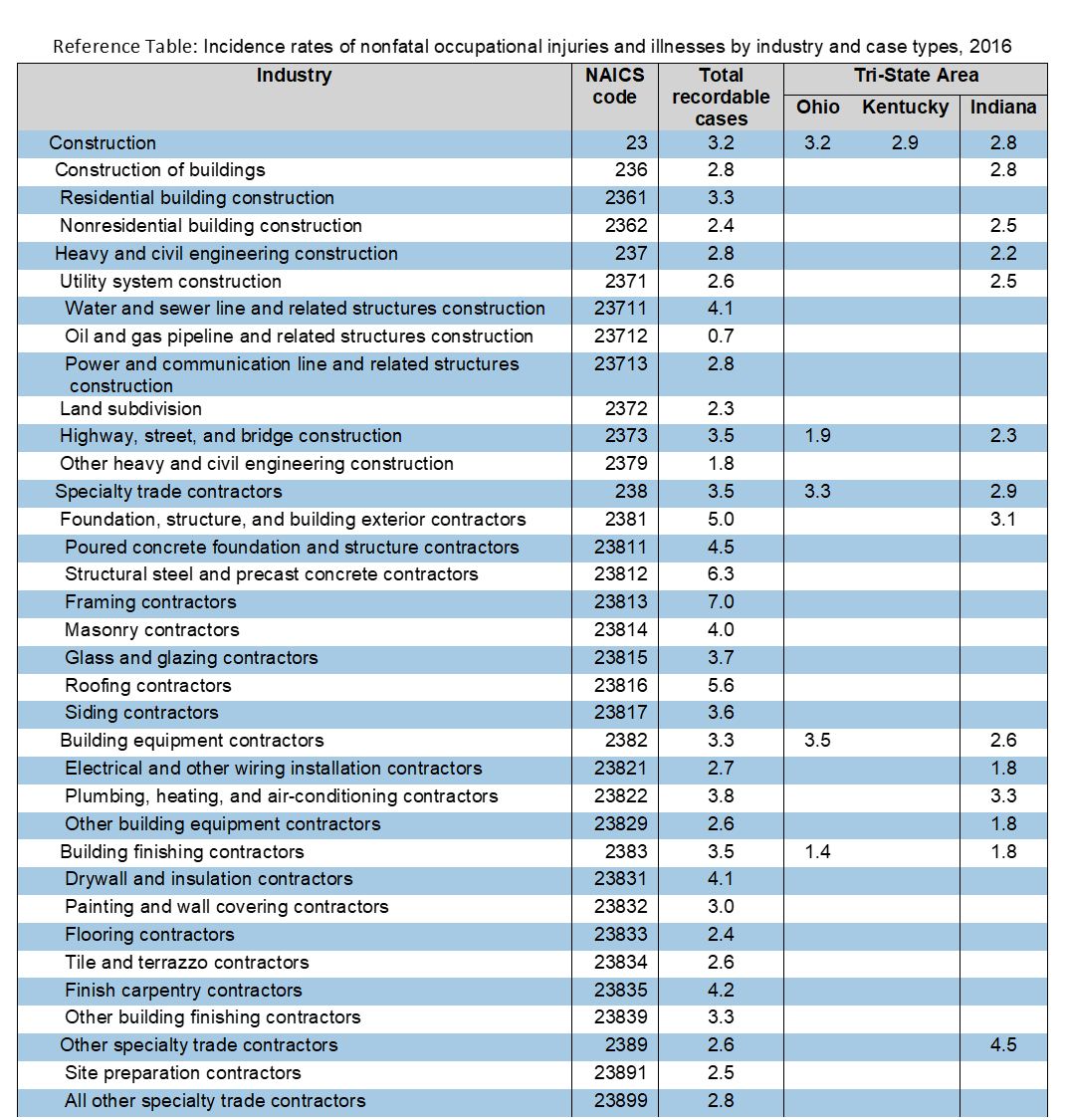
 RSS Feed
RSS Feed